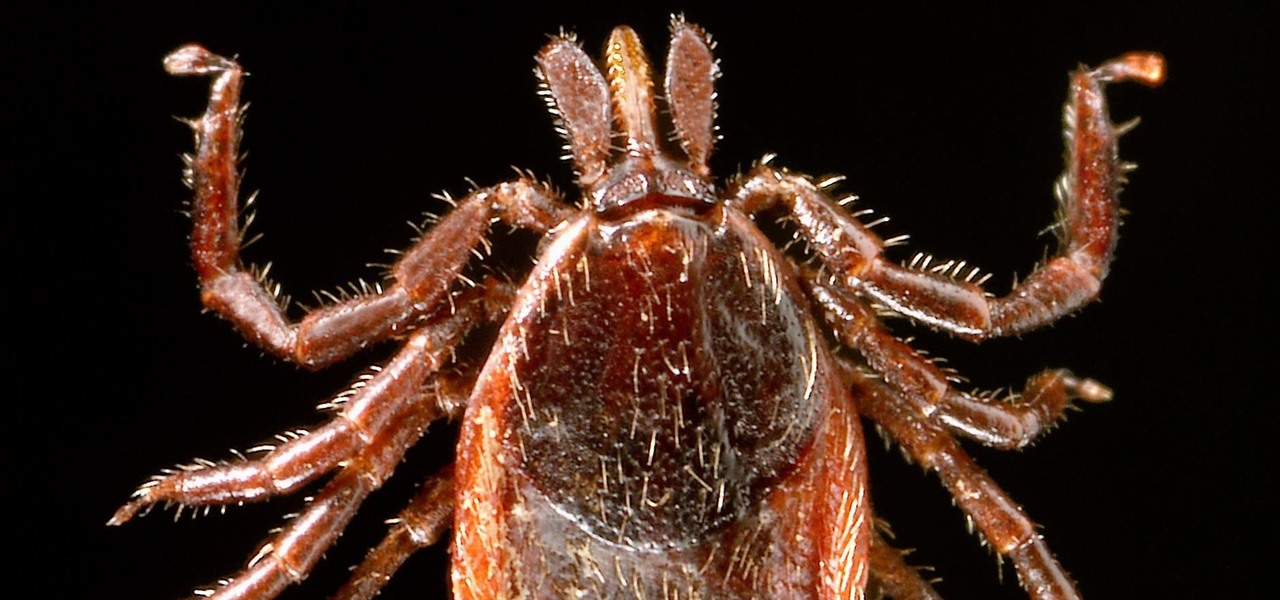If you know that ticks spread Lyme disease, you may already know you might also catch a bunch of other infections from them. One of the lesser-known diseases spread by ticks is infection with the bacterium Anaplasma phagocytophilium, called anaplasmosis.
The disease is dangerous for some, but others may not experience symptoms. Like other tick-borne infections, some individuals are at naturally higher risk, including the very young, older adults, and those with compromised immune function or who suffer chronic illness.
While Lyme disease is the best-known tick-borne infection, others, including anaplasmosis, ehrlichiosis, Rocky Mountain Spotted Fever, and the Powassan virus are equally serious.
What Kind of Infection Is Anaplasmosis?
Tick-borne infections are often hard to diagnose because symptoms are different, or of varying severity. For example, people who suffer Lyme disease do not always get the well-known bullseye rash associated with the infection. Because of this lack of a clear and specific symptom set, some people never suspect they are suffering an infection caused by a tick. Many people never remember being bitten.
The proper name of the infection caused by A. phagocytophilum is "human granulocytic anaplasmosis (HGA)" or anaplasmosis, for short. Here are symptoms commonly associated with HGA (they're kind of similar to those of most tick-carried infections):
- Mental confusion, headache, fever
- Fatigue, chills, pain, nausea
- Rarely, a rash is a symptom of anaplasmosis
In severe cases, anaplasmosis can cause hemorrhage (bleeding), kidney failure, and neurological problems if not treated properly, or in time. When any tickborne infection causes symptoms, medical care is essential. If treated at the outset with antibiotics, these infections end up less severe but can have life-threatening consequences otherwise.
Where Do You Find Ticks That Carry Anaplasmosis?
Carried by the black-legged tick (Ixodes scapularis), and the Western black-legged tick (Ixodes pacificus), you are at risk for anaplasmosis if you live in, or visit, the range inhabited by these ticks. Your dog is in danger too. In the midwestern and eastern US, tick populations are expected to be high this year, due to mild winter, range expansion, and other factors.

While this map offers a regional view of where the black-legged tick is active, this tick is increasingly seen moving north and may continue western expansion as well.
On the west coast, the range of the western black-legged tick extends all the way up the coastline, and recent research suggests the geographic region of the tick is expanding, although slowly.

What Is Your Risk of Tick-Borne Infection?
Across the US, you are at risk for tickborne infection from several ticks. The brown dog tick, which carries Rocky Mountain Spotted Fever, is found across the country. Wherever you go, in the brush, grass, and weeds, ticks are waiting to make you their next meal.
If you hike, camp, spend a lot of time outdoors, walk your dogs in parks, or stay off the beaten path, you are at risk of a tick bite. Rather than give up the things you love, be sure to use common-sense precautions when out-of-doors. Some tips include:
- Use a DEET-containing repellent.
- When hiking or walking, stay to the middle of the path. Ticks hang out on blades of grass and weeds, in a position called "questing." They hold onto the plant material with their back legs, and spread their front legs wide, hoping to catch a ride, and a blood meal, from a passing rodent, deer, dog, or human.
- If you are a camper, or walk your dog a lot in the brush — wear repellent, socks, long pants, and long sleeves, and check for ticks a lot. There are simple tools, like Tick Twisters, that you can use to remove ticks from yourself, others, and dogs, without touching the tick, or leaving its mouthparts in your body. Do not touch ticks if possible; they should be considered infectious.
Whether you know, or suspect, you suffered a tick bite, talk to your doctor if you have uncomfortable symptoms. With bacterial infections like anaplasmosis, Lyme disease, and others, fast treatment is often the key to avoiding a more damaging, or chronic, illness.
Just updated your iPhone? You'll find new emoji, enhanced security, podcast transcripts, Apple Cash virtual numbers, and other useful features. There are even new additions hidden within Safari. Find out what's new and changed on your iPhone with the iOS 17.4 update.





























Be the First to Comment
Share Your Thoughts